Canon RF 70-200mm F4L IS USM Review
Dustin Abbott
March 8th, 2021
I was very impressed with the size Canon’s surprisingly compact RF 70-200mm F2.8L IS USM. when I reviewed the lens (my review here). It spoke to a new design philosophy at Canon which values compact size and reduced weight over internal zooming and the ability to use extenders. That latter point in particular was the most commonly cited negative in my audience’s response to that review. Little did I know, however, that the 70-200 F2.8 was soon to be the BIG brother of an even smaller F4 version. The Canon RF 70-200mm F4L IS USM is a full 26mm shorter and nearly 400g lighter than the F2.8 version, and as someone who has either owned or spent extensive time with all the EF F4 variants, I found the resulting package shockingly compact. It is only 14mm longer than my Canon EF 35mm F1.4L II prime, and is actually 65g lighter than the 35mm prime! The 70-200 F4L (as we’ll call it for brevity in this review) is a full 56mm shorter than the EF 70-200mm F4L IS USM II (my review here), which creates a completely different reality for storing and transporting the lens. I can mount the 70-200 F4L on my Canon EOS R5, and easily fit it in in my 8L Messenger Bag (I reviewed it here) that I prefer for carrying a light kit, so that will certainly make this an attractive option for those who want a telephoto travel option.
The RF 70-200 F4L is smaller aperture alternative to the bigger, more expensive ($2699 vs $1599 USD) F2.8 lens. My first L series lens personally was the original Canon EF 70-200mm F4L, a lens that is still the cheapest point of entry into the L (Luxury) series. That lens lacked stabilization and so was a little harder to use, but it was a revelation to an amateur photographer like myself at the time as it provided a degree of image quality that nothing I had owned to that point matched. I eventually replaced it with 70-200mm F4L IS before moving on to the F2.8 versions in my own kit. The F4 versions of these lenses are recognition that not every photographer needs the faster F2.8 aperture nor wants to deal with the additional bulk, weight, and expense that comes with it. That focal range is an extremely desirable one, going from this:
To this:
That’s obviously useful for a lot of different subjects, and the reality is that depth of field remains very shallow even at F4 over most of this zoom range, allowing you to continue to get very shallow depth of field if so desired.
Some of the earliest lenses to come in the RF mount were the RF 15-35mm F2.8L IS, the RF 24-70mm F2.8L IS, and the RF 70-200mm F2.8L IS, as these constitute the common tools of the trade that many photographers who actually earn a living by photography will use. But many, many photographers are perfectly happy to utilize Canon’s F4 alternatives to these larger, more expensive lenses, as they often provide equally good image quality in smaller packages and at smaller prices. We haven’t yet seen the F4 alternatives to the wide and standard zoom ranges, but this telephoto option is a most welcome addition to the ever-growing RF catalog. While the 70-200 F4L is more expensive than the last EF lens covering this aperture and focal length combination, it is a full $1100 cheaper than the RF 70-200mm F2.8L IS, and the incredibly compact size is going to make this a very attractive option for both amateurs but also professionals who want to travel light. There is one major sacrifice at the altar of compactness, however, and that is that this lens (like the RF 70-200mm F2.8L IS), is incompatible with extenders (teleconverters). It’s a bit of a sad irony, as the EOS R5 and R6 bodies can autofocus well even with very small maximum aperture configurations, but many of the telephoto options released to date for RF have been incompatible with extenders. That kind of defeats the purpose, does it not?
Beyond that, however, there really isn’t much to complain about. Join me as we break down the performance and reality of the RF 70-200 F4L IS in detail. If you would prefer to watch your reviews, you can choose either my long format definitive review or shorter standard review below.
Follow Me @ Patreon | My Newsletter | Instagram | Facebook | DA Merchandise | Flickr | 500px
Thanks to Camera Canada for getting me a loaner of the RF 70-200mm. If you’re in Canada, check them out for a reliable online retailer.
Canon RF 70-200 F4L Build and Features
As noted, the headline feature here is how incredibly compact this lens is. I knew it was small, but I was surprised at just how compact it was in person. This is constant aperture telephoto zoom, and yet it is only 83 (D) x 120 mm (L), or 3.3 x 4.7″ and weighs only 695g (1.5 lb). That makes it smaller than many of the primes I’ve tested. Here’s a look at the specification breakdown along with comparisons to both the last EF version and the F2.8 variants.
The only area it is larger than its EF counterpart is in diameter and the front filter thread, which is 77mm. It ships with a rather large lens hood, which has a familiar pro-grade feel to it. One nice change on RF is that the lens hoods on the white telephotos now match the lens body rather than being black. That never made much sense, and this new hood looks like it belongs rather than being a random hood you picked up and put on the lens.
The lens hood does have a locking mechanism, but, surprisingly, on my first hike with the lens, I noticed the hood was missing. Fortunately I was able to retrace my steps and found it like this in the snow:
I’m not quite sure how it came off…and fortunately it hasn’t been a recurring problem.
As noted in our introduction, the major redesign decision does bring the negative of losing compatibility with extenders. There is a rear glass element that is almost flush with the back of the lens at 70mm (it moves forward maybe 2 centimeters at 200mm), which means that there is no physical room for a teleconverter (either 1.4x or 2x) to be added. This is a serious loss, as many people have treated the EF versions of the lens as their main telephoto option if they occasionally need longer reach. Adding a 1.4x or 2x TC meant that they could also have a 280mm F5.6 lens or 400mm F8 lens, and Canon’s 70-200 variants have always handled TC’s fairly well. That flexibility is now lost, and one must just use the lens in its natural zoom range alone. I can see this being on the primary reasons why some might hang onto their EF lenses even with the other advantages this RF lens has.
The other thing that will bother some purists is that this lens is no longer internally zooming, as the RF 70-200 F4L will extend about 5.5cm when zoomed to 200mm.
This, of course, is what allows the smaller dimensions, and I also find that it helps with the weight distribution, as the majority of the lens’ weight is near the camera where it is more easily supported. The problem is that there is a fairly common perception that an externally zooming lens is not sealed nearly as well. The fear is that a lens that zooms externally is going to be more prone to issues with dust and moisture. I don’t think this is a valid concern, however, as Canon has clearly designed this lens for professional use. Here’s the language they use about the weather resistance, “Feel confident shooting in almost any weather condition, from rain to snow, thanks to dust- and weather-resistant construction in the lens mount, switch panel, lens barrel extension and all rings. Sealing is applied to lens joining sections, and switch panels to help prevent water and dust from entering into the lens. The RF70-200mm F4 L IS USM lens features fluorine coatings on the front and rearmost surfaces to help prevent water and oil from sticking to the lens, making it easy to clean off smudges and fingerprints.”
So, despite the extending barrel during focus, this is a lens designed for both professional use and for travel. I count at least seal points in the sealing diagram.
The lens does come with a pouch and hood, but there is no tripod collar. Frankly the lens is so compact that A) there is no room for one and B) it’s too small and light to need one.
There is a bank of four switches on the left side of the barrel. The first is a two position focus limiter where you can eliminate close focus distances if required. I never used the focus limiter, as I found autofocus fast enough in all situations that it was unneeded. Second down is an AF/MF switch (always useful), followed by two switches dedicated to the IS system. The first is a simple On/Off for the IS, which is followed then by a three position mode switch. Mode 1 is the standard, multipurpose option. Mode 2 is employed when panning, and the IS will shut down one axis of stabilization to allow you to better track lateral action. Mode 3 is sometimes referred to as a “dynamic mode”, as it focuses less on stabilizing the viewfinder and prioritizes stabilization at capture. This often provides the highest level of stabilization, but also makes looking through the viewfinder more turbulent.
I found the stabilization to be very effective on the 70-200 F4L, though I’ve never been successful at handholding ridiculously low shutter speeds. Canon touts a 5 stop stabilization with the lens IS alone, and a 7.5 stop IS combination with the EOS R5 and R6 cameras (because of their IBIS). The latter would imply that at 70mm I should be able to handhold a 2 second shot.
That ain’t happening, folks.
I find there’s a practical limit as you get down towards a one second exposure where just the slow movement of the shutter introduces enough vibration where I don’t get successfully stabilized shots, and that has been true across all platforms. But that doesn’t bother me, as I don’t see a lot of practical value for something like that. What I can say is that I had a fairly easy time capturing this stable image at 200mm with a shutter speed of 0.3 seconds, which is a full six stops of assistance.
But that was with a static subject indoors. In most environments there is going to be at least a little movement of your subject, so it is much better to keep that shutter speed up at more reasonable levels to help stop the motion of your subject. If I am shooting events, I treat somewhere around 1/125th of a second the bare minimum and prefer 1/200th of a second with a telephoto lens like this. Using Mode 3 will give you the best stability results in the actual capture (that’s what I used for the shot above) even though the viewfinder will feel very unstable.
Stabilization can also be useful when shooting in AV mode or something similar and your shutter speed drops a little lower than you anticipated. I shot this wintry scene very early one morning in the predawn gloom. My shutter speed dropped to 1/10th, but I used it as an opportunity to see how stabilization did in the real world. I took a couple of photos to be sure I got a clean one, and, as you can see, this photo is very crisp even at 45MP on my EOS R5 and at 1/10th of a second.
Where I also saw a lot of value in the stabilization was when shooting video. I could handhold video effectively even at 200mm, and if I turned the IS off, the video immediately starting jumping and bouncing. There’s no question this is an effective stabilizer, but, as always, you do need to have reasonable expectations of what a stabilizer can and cannot do and utilize good technique when trying to operate at its limits.
There are three rings on the lens, with the largest being the zoom ring, and it is wide and nicely damped. Like many recent Canon lenses, there is a bevel in the ring towards the front third of it, and this creates a very natural place for your fingers to rest. The zoom action is very smooth. There is a zoom lock on the right side of the barrel that will lock the lens in its retracted 70mm position to keep the lens from “creeping” while carrying it. I needed this a bit less than on the F2.8 version, mostly because the zoom ring is closer to the lens mount and less likely to be bumped or encounter friction when you are walking or moving with the lens/camera on a strap. I went out hiking with it several times and found that there were a few times that it had extended a bit while moving, but that it mostly stayed retracted.
The middle ring is a very slender manual focus ring, which moves smoothly but with fairly low resistance and not a lot of feel. Like other mirrorless lenses, this is a focus by wire arrangement where input on the ring is routed through the focus motor, so the lens must be attached to the camera and the camera must be powered on and the correct focus mode engaged for the ring to do anything. Fortunately many of the EOS R bodies have Canon’s “Focus Guide” which is a clever, innovative approach to manual focus that I really enjoy. I suspect that the focus ring will be rarely used by most people, however, as the focus system on both the lens and most of the cameras it is made for are very sophisticated.
The RF 70-200mm F2.8L IS moved the unique RF mount control ring from the front of the lens to the point nearest the lens mount, which I lamented because it was different than most other RF lenses and would mess with your “muscle memory” in reaching for it. Canon has put the control ring on the 70-200 F4L back in the traditional spot near the front of the lens. It has the unique diamond pattern texture on the control ring that makes it easy to distinguish by feel from the other rings.
The control ring can be assigned a variety of different purposes in the camera body. Some will set it for aperture control, others might like exposure compensation, etc… Canon will “declick” the control ring for a fee if you request it.
The aperture iris has nine rounded blades, which helps keep a nice circular shape to bokeh highlights when the lens is stopped down. Here’s a look at F4, F5.6, and F8:
The RF 70-200 F4L can now focus down considerably closer than the previous EF L II lens, which was limited to an MFD of 1 meter. The new lens can focus as close as 60cm (2 feet), which does give one a little more flexibility in tight spaces. Also improved is the magnification figure, which is now a very useful 0.28x at 200mm, which is higher than any of the other Canon lenses covering this zoom range. Here’s what maximum magnification looks like:
It’s worth noting that there is clearly a bit of “focus breathing” taking place at MFD, as while the lens can focus considerably closer (60% of the MFD of the last 70-200mm F4L IS lens), it only has a small bump in magnification (0.28x vs 0.27x). I didn’t feel like the lens breathed much at normal distances, however.
The RF 70-200 F4L performs better up close than did the RF 70-200mm F2.8L, as close up performance is excellent. At F4 there is some obvious vignette (more on that in the IQ section below), but the plane of focus is nice and flat, contrast is strong, and fine details are rendered quite well. Things look better still at F5.6. Depth of field is tiny at this focus distance, so stop down a bit if you want more than a hair or two in focus.
All in all, we’ve got a beautifully made lens with great handling that is also incredibly compact and portable. It will fit in spaces for transport that none of Canon’s earlier 70-200mm lenses would fit in. That, to me, is the most compelling argument for the RF 70-200 F4L, with the lack of compatibility with teleconverters the most compelling argument against it.
Autofocus Performance
Canon has employed dual Nano USM motors to drive autofocus in this lens, and after spending extended time with it, I think this was an excellent choice. Canon has typically employed ring-type USM motors in their L series lenses because these focus motors have a lot of torque and deliver good focus speed. Canon started experimenting with STM (stepping motors) in 2012 about the time they started to employ their Dual Pixel AF technology in Live View, which, in many ways was the precursor to mirrorless. The point of STM was to allow for smoother, quieter focus transitions particularly for video. Early STM wasn’t particularly impressive in other ways, as, while smoother, there wasn’t a lot of torque there and focus tended to be slower. STM has steadily improved, however, and when Canon introduced Nano USM, it was an impressive blend of the two types of focus, giving both the quiet, smooth performance of STM along with the speed of USM. Nano USM was mostly employed with lenses with smaller, lighter elements (like variable aperture zooms) because larger, heavier elements needed more torque. Canon has followed the path of other companies like Sony and Fuji by employing multiple Nano USM motors to get that torque and speed while keeping focus smooth and quiet. Sony and Fuji often call these type motors “Linear Motors”, and I’ve seen configuration with triple and even quad linear motors to give both speed and smoothness. Canon has really hit the sweet spot here (as they did with the F2.8 version), as the dual Nano USM motors really get the job done here.
First of all, the speed is impressive. Even major focus changes happen near instantly, with zero drama in the process. Focus just jumps from one point to another. The nature of the weather and timing during my review period did not allow me to shoot any action (we have been facing both deep snow and COVID restrictions during my review period, so there are no indoor sports), but I have no question that autofocus speed and accuracy is easily up to tracking action just like it was on the RF 70-200mm F2.8L IS.
Both human and animal eye detect work well, and help you get well focused results.
I had excellent real world results while out on my hikes, with focusing quickly grabbing (typically) what I wanted and locking on with precision. Even this very slender subject against a very bright, monochrome background produced highly accurate focus.
In this shot of pine needles, you can see that focus locked accurately and delivered beautiful results.
Focus is also extremely quiet, with no apparent sound in ordinary work. Even when recording video focus pulls in a completely silent environment and using the on-board microphone, I basically could could not hear any kind of focus noise at all. Focus pulls were smooth and confident, which is a big part of why this technology was developed. I did note a bit of a stepping action with smaller focus pulls, with larger pulls (surprisingly) being the smoother one. This is an excellent lens for video work because focus doesn’t get in the way. During my video tests the RF 70-200 F4L showed absolute confidence tracking my face without any drama.
Eye tracking was very good for an event setting, and meant that it is simple to get great results when shooting in a church, concert, or wedding venue.
Eye Detect worked very well with both human and animal subjects. You can see from this shot that although all the lighting was at the back of our new kitten, Loki, and his eyes were in shadow, eye detect grabbed the eye and accurately focused on it.
The focus system in the RF 70-200 F4L is one of its major strengths and further extends the accessibility of this lens to photographers of all skill levels.
Canon RF 70-200 F4L Image Quality
I had a little bit of a difficult time with the RF 70-200mm F2.8L IS in this section, as there were parts about the lens that I loved and others that I was disappointed by. I found the rendering to be perhaps the nicest I’ve ever seen from a 70-200mm lens (to date), but I was less than wowed with the acuity of the lens in the corners, which were a little weak, and I wasn’t always blown away with real world sharpness. There is some possibility that I got a less than exceptional copy of the lens, however, and I’m interested in taking a look at a second copy in the future. I’m less ambiguous here, however, as I find the real world performance of the RF 70-200 F4L to be quite excellent.
I am generally more critical of very expensive lenses optically than I am of inexpensive ones. I believe that consumers should be able to expect that if they pay a premium price, they should receive a premium performance. The RF 70-200 F4L is more expensive than the Sony 70-200mm F4 G OSS, but in this case it is only a $100 premium. There isn’t a Z-mount alternative from Nikon yet, but looking at the pricing trends suggests that such a lens wouldn’t be any cheaper than the Canon. But what really helps the F4 lens, to me, is that it is a full $1100 USD cheaper than the F2.8 version, and, while more expensive than the Canon EF 70-200mm F4L IS II (by about $300), it is considerably more compact than that lens and delivers a slightly better optical performance. You can debate as to whether or not that justifies the price premium, but suffice it to say I’m a bit less conflicted over the price to-performance ratio of the 70-200 F4L IS. I think it delivers strong performance across the zoom range with just a minor dip in the corners at 135mm.
Now, to the specifics.
There is a mild amount of barrel distortion (+3) at 70mm along with a moderate amount of vignette (+41). Both of these correct easily either in camera for JPEGs and/or Video or via the correction profile in your software for RAW files.
By 200mm the distortion flips to some mild pincushion distortion (-3) and a much heavier amount of vignette (+81). Everything is linear and corrects fine, though that’s enough vignette on the long end that it will show up in certain real world images if left uncorrected.
In many situations a bit of natural vignette is actually desirable, though I personally would rather add vignette to taste rather than have to correct for it.
I saw very little real world chromatic aberrations. There is a bit of lateral CA along the edge of the frame, but nothing severe. Longitudinal CA is even better controlled. You can see from this shot with bright sunlight and different depths of field that there are essentially no visible CAs.
So, the basic optical flaws are all fairly well controlled and shouldn’t be an issue. So how about contrast and resolution?
Here’s a look at my test chart. All of these tests are done on a 45 MP Canon EOS R5.
Here’s a look at 70mm crops from the center, mid-frame, and lower right corner. You can see that the performance across the frame is excellent…right into the corners.
Stopping down to F5.6 delivers exceptional results even in the far corners. A lens like this can be surprisingly useful for landscapes due to being able to compress the image and pull distant layers closer.
The lens reaches a truly small minimum aperture of F32 at all points of the zoom range, but I think this should be avoided because of the effects of diffraction will start to really reduce contrast and sharpness to what I consider unacceptable levels.
The lens followed a fairly similar pattern at 100mm, delivering very strong results across the frame wide open, but with a noticeable improvement in contrast when stopped down to F5.6. This is particularly true in the mid-frame and in the corners, which are shown below:
You can see that real world is excellent, as this wide open 100mm shot of a very tired me shows (morning after a day of 16 hours of travel!)
Unlike the sample of the RF 70-200mm F2.8L IS that I tested, which was strongest at 135mm, the RF 70-200 F4L IS is actually weakest at 135mm. The center and midframe only lag a bit, with slightly less contrast, but the corners were definitely softer and don’t really reach excellent levels until F11.
For context, however, the most important parts of the frame are still very sharp at F4. You can see that this portrait shot is composed with the face slightly beyond the rule of thirds zone, and yet the crop will show that sharpness is still excellent.
So finally we reach the arguably most important point in the zoom range – 200mm. For many people this will be the most-used spot on the zoom range, and having strong 200mm performance is imperative to having good up close performance. I’ve seen 70-200mm lenses that “faded” down the stretch and lost some performance at 200mm, but that’s not the case here. The RF 70-200 F4L maintains a similar level of performance at 200mm, with good center performance, excellent mid-frame performance, and strong corners.
Like the 70 and 100mm points, excellent corner performance is available by F5.6:
A look at a crop at 200mm shows that real world sharpness and contrast, while not off the charts, is very good.
At least in the copies that I reviewed, the F4 lens produced more consistent results than the F2.8, but I do think that I reviewed a weaker copy of the F2.8 lens, as some other sources show the two lenses performing very similarly.
The RF 70-200 F4L is similar to the F2.8 lens in the quality of the bokeh. The RF 20-200mm F2.8L IS will have the advantage in the amount of blur, particularly as you move further away from your subject, but the F4 lens does have a very nice balance of softness and blending of out of focus colors that just make for really pleasing images.
Up close, the bokeh is gorgeous, allowing backgrounds to melt away in a creamy fashion. In the first two examples, we can see first F5 and then F7.1, and, while more is in focus in the second shot, both show a nice quality of blur.
In this second series, you can see that I’ve varied the ratios (distance from camera to subject to background) a bit to show the bokeh in different situations. I think it all looks quite good.
The lens showed little susceptibility to flare artifacts in my tests. Any ghosting or veiling is very minimal, so between the ASC (Air Sphere Coatings) and the deep lens hood, this is a lens well equipped to handle bright sources of light in the frame.
All in all, I see very little to complain about optically. They have managed to both miniaturize the lens and maintain a high level of optical performance, which makes this lens a winner. Pair that with the excellent high ISO capabilities of the EOS R cameras, and you’ve got a lens that can be used even indoors for events or weddings. This shot from a religious service was taken at ISO 3200, which allowed for a 1/320th of a second shutter speed at F4. The 200mm crop shows great detail.
If you want to see more images, you can check out the image gallery here.
If F4 is a wide enough aperture to meet your needs, I think you will be very satisfied with the optical performance of the Canon RF 70-200mm F4L IS USM.
Conclusion
The Canon RF 70-200mm F4L IS USM is a winner. It is incredibly compact, which opens up a whole new way to use the lens and a whole new market of those who wouldn’t mind the premium optics, build, and autofocus of an L series telephoto, but who were unwilling to deal with the bulk and weight of such a lens. But Canon also has not compromised on the autofocus or image quality performance of this lens, which leaves potential buyers free to purchase this lens without having to accept any major compromises.
The only area to criticize in this new design is that you have to give up the use of teleconverters, which is unfortunate when one considers that the amazing focus systems of the EOS R bodies (particularly the R5 and R6 at the moment) theoretically should make using TCs more seamless than ever before. This is a lens that must be used solely as the bare lens, though one could enable the 1.6x crop on a camera like the EOS R5 if you wanted more crop in camera. I did utilize this at an event as I wanted the framing in camera to be able to deliver results to the client without having to do post work. Just know that this is only a cropping of the full image, however, and not actually more reach like one would get using a TC.
Autofocus performance is excellent. I really like Canon’s Nano USM tech, as it delivers fast, quiet, smooth, and accurate autofocus results. The image stabilizer is also effective even with a higher megapixel body like my EOS R5. I appreciate the solid image quality as well. But what really sets the RF 70-200 F4L apart is the incredibly compact, lightweight nature of the lens that will allow you to treat it like a 24-105mm F4 lens for transport and storage. This lens would almost certainly end up in my Canon travel kit if/when I purchase this lens. At $1599 USD, it isn’t cheap, but neither does it seem unreasonably priced. If you can afford the cost of entry, the Canon RF 70-200mm F4L IS USM will certainly become a lens that you reach for often…and that versatility makes it well worth the cost of entry.
Pros:
- Significant size and weight savings over competing lenses
- Extremely fast, quiet, and accurate autofocus
- Very good tracking and action capabilities when paired with better cameras
- Highly effective image stabilization system
- Improved maximum magnification
- Very easy to use and transport
- Gorgeous bokeh and color
- Good global contrast and rendering
- Excellent optical performance across the frame
- Good control of aberrations and flare
Cons:
- Not compatible with teleconverters
- More expensive than previous 70-200mm F4L lenses
Gear Used:
Purchase a Canon RF 70-200mm F4L IS @ B&H Photo | Amazon | Camera Canada | Amazon Canada | Amazon UK | Amazon Germany | Ebay
Purchase a Canon RF 70-200mm F2.8L IS @ B&H Photo | Amazon | Camera Canada | Amazon Canada | Amazon UK | Amazon Germany | Ebay
Purchase a Canon EOS R5 @ B&H Photo | Amazon | Camera Canada | Amazon Canada | Amazon UK | Amazon Germany | Ebay
Purchase a Canon EOS R6 @ B&H Photo | Amazon | Camera Canada | Amazon Canada | Amazon UK | Amazon Germany | Ebay
Buy DA Merchandise https://bit.ly/TWIMerch
Peak Design Slide Lite: Peak Design Store | B&H Photo | Amazon | Amazon Canada | Amazon UK
Peak Design Leash Strap: Peak Design Store | B&H Photo | Amazon | Amazon Canada | Amazon UK
BenQ SW271 4K Photo Editing Monitor – B&H Photo | Amazon | Amazon.ca | Amazon UK
Adobe Photoshop Creative Cloud 1-Year Subscription
Exposure Software X6 (Use Code “dustinabbott” to get 10% anything and everything)
Visit Dustin’s Amazon Storefront and see his favorite gear

Purchasing your gear through B&H and these links helps fund this website and keeps the articles coming. You can also make a donation here if you would like. Visit my Amazon page for some of my gear of choice! Thank you for your support.
Great News! I can now offer a 5% discount on all purchases at Amplis Foto, Canada’s Leading Photographic Supplier. Please enter discount code: AMPLIS52018DA in your cart. It is good for everything in your cart, and is stackable with other coupons, too! It will take 5% off your entire order! Proceeds go towards keeping this site going and providing you with new reviews!
Check me out on: My Patreon | Sign Up for My Newsletter | Instagram | Facebook | Twitter | Flickr | 500px | Google+ |
Use Code “DUSTINHDR” to get $10 off ($15 CDN) any Skylum product: Luminar, Aurora, or AirMagic
Keywords: Canon RF 70-200 F4L IS, Canon RF 70-200mm F4L IS USM Review, Canon RF 70-200mm, 70-200, 70-200mm, RF, 70-200L, L, IS, USM, F4, F4L, F2.8L, F2.8, Canon EOS R5, EOS, R5, EOS R5, EOS R6, mirrorless, full frame, EOS R5 Review, Canon R5 Review, Canon 70-200 Review, Dustin Abbott, Real World, Comparison, Handling, Tracking, Focus, Burst Rate, Tracking, Sports, Portraits, Resolution, High ISO, Image Quality, Sample Images, Photography, Dogs, Ergonomics, 45Mpx, Sony a9, RF 70-200mm F2.8L IS, Canon
DISCLAIMER: This article and description contains affiliate links, which means that if you click on one of the product links, I’ll receive a small commission. As an Amazon Associate I earn from qualifying purchases.











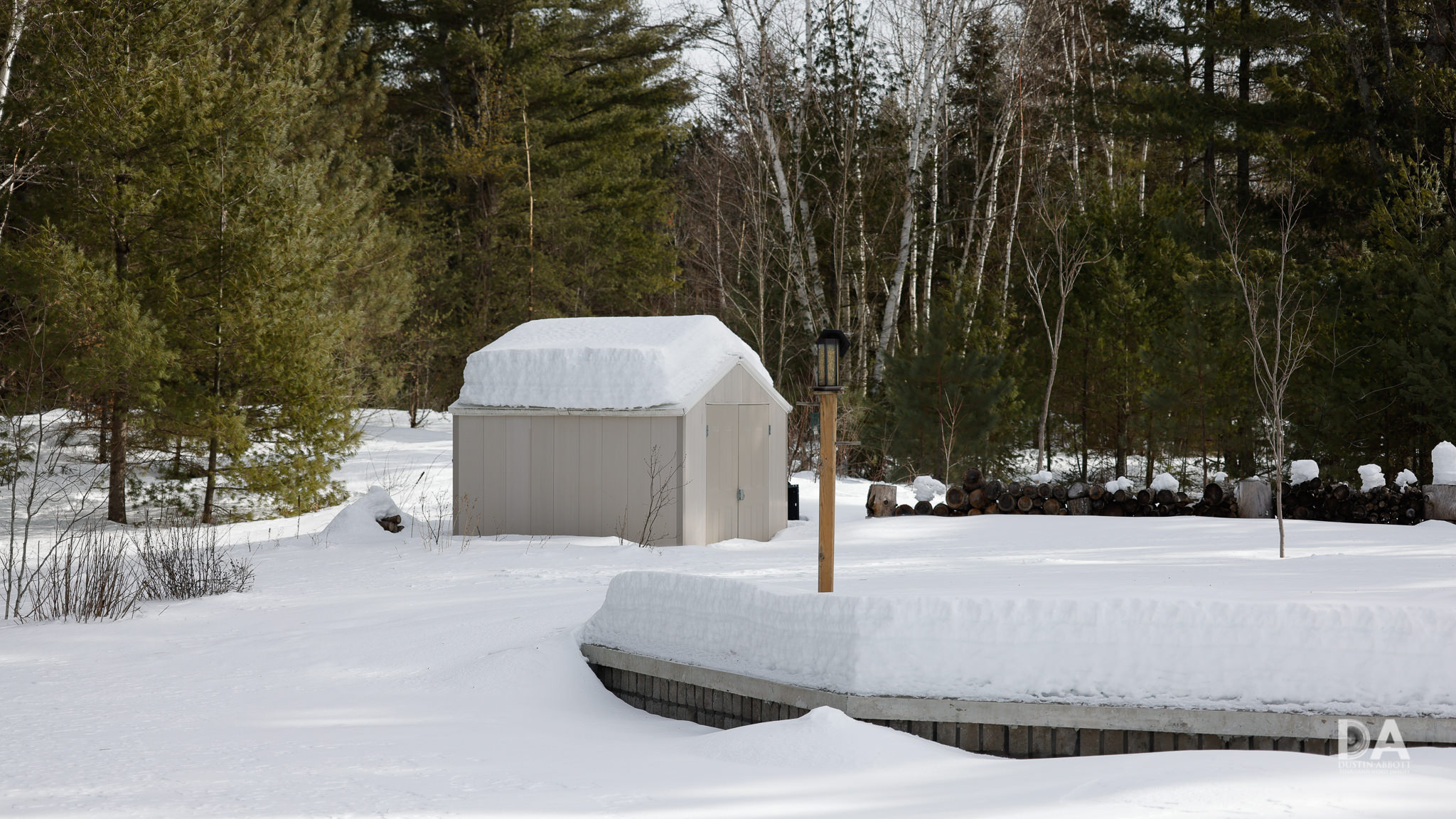



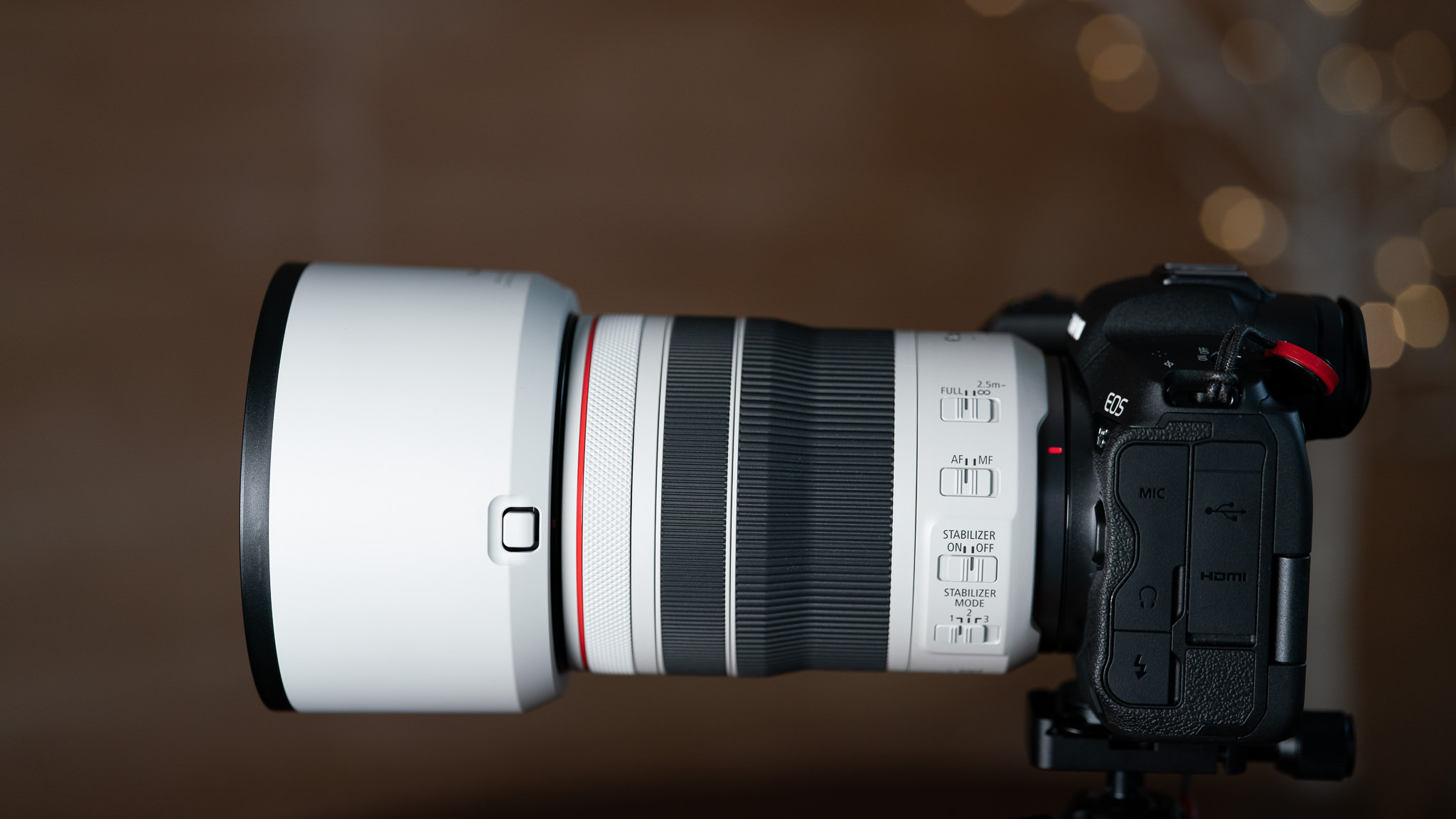



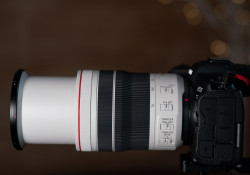
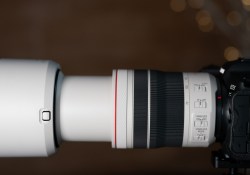



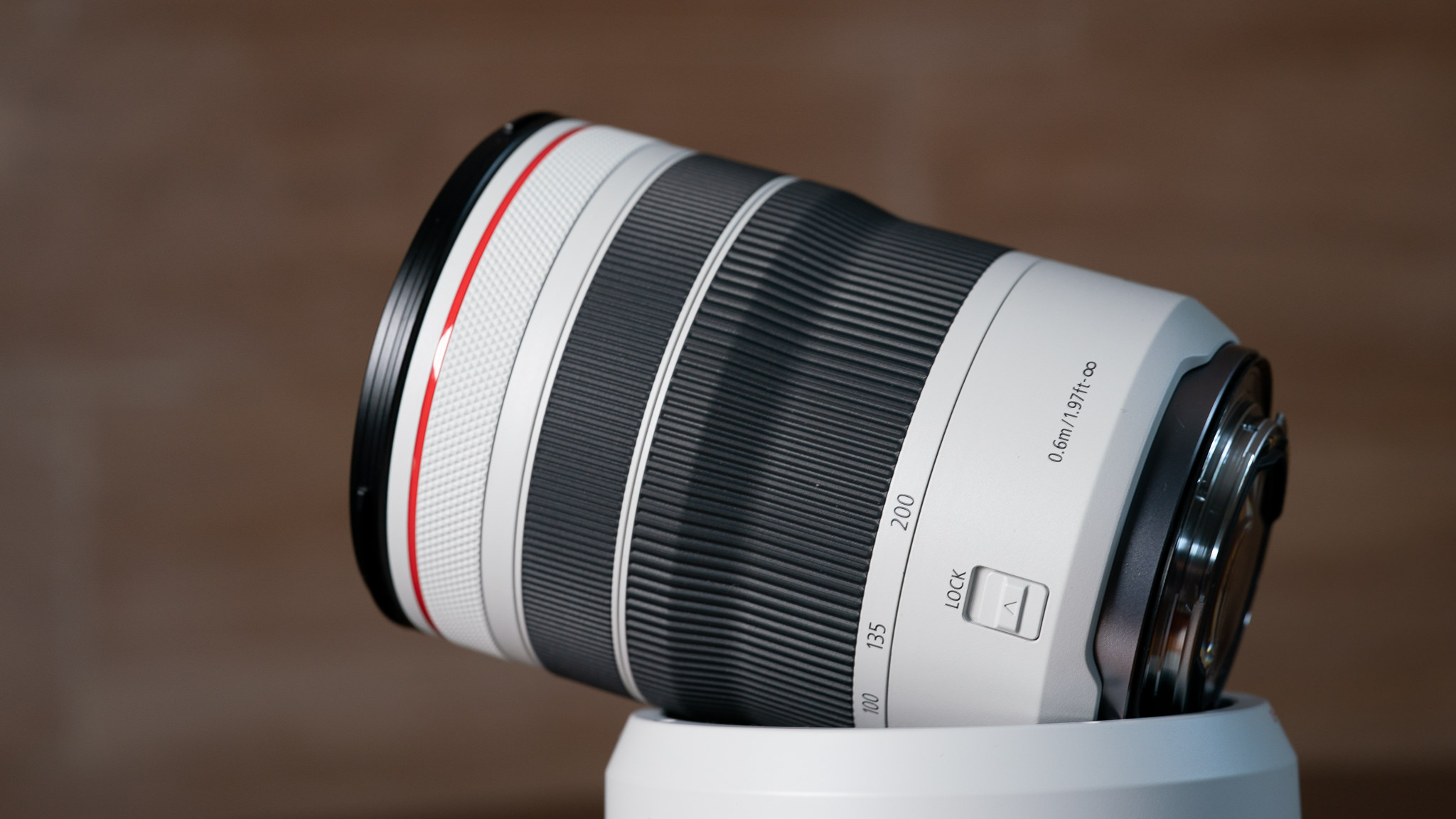
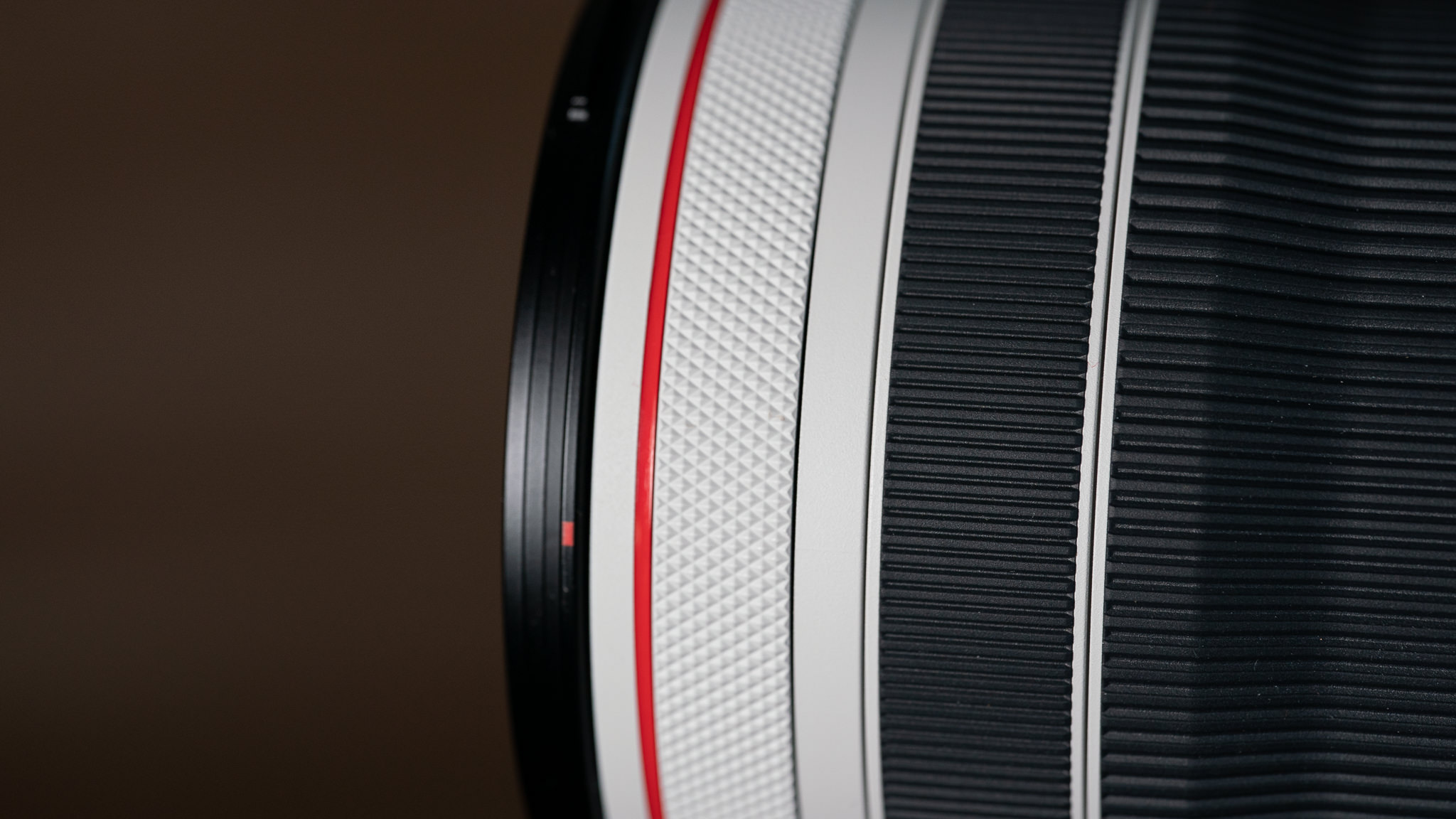


















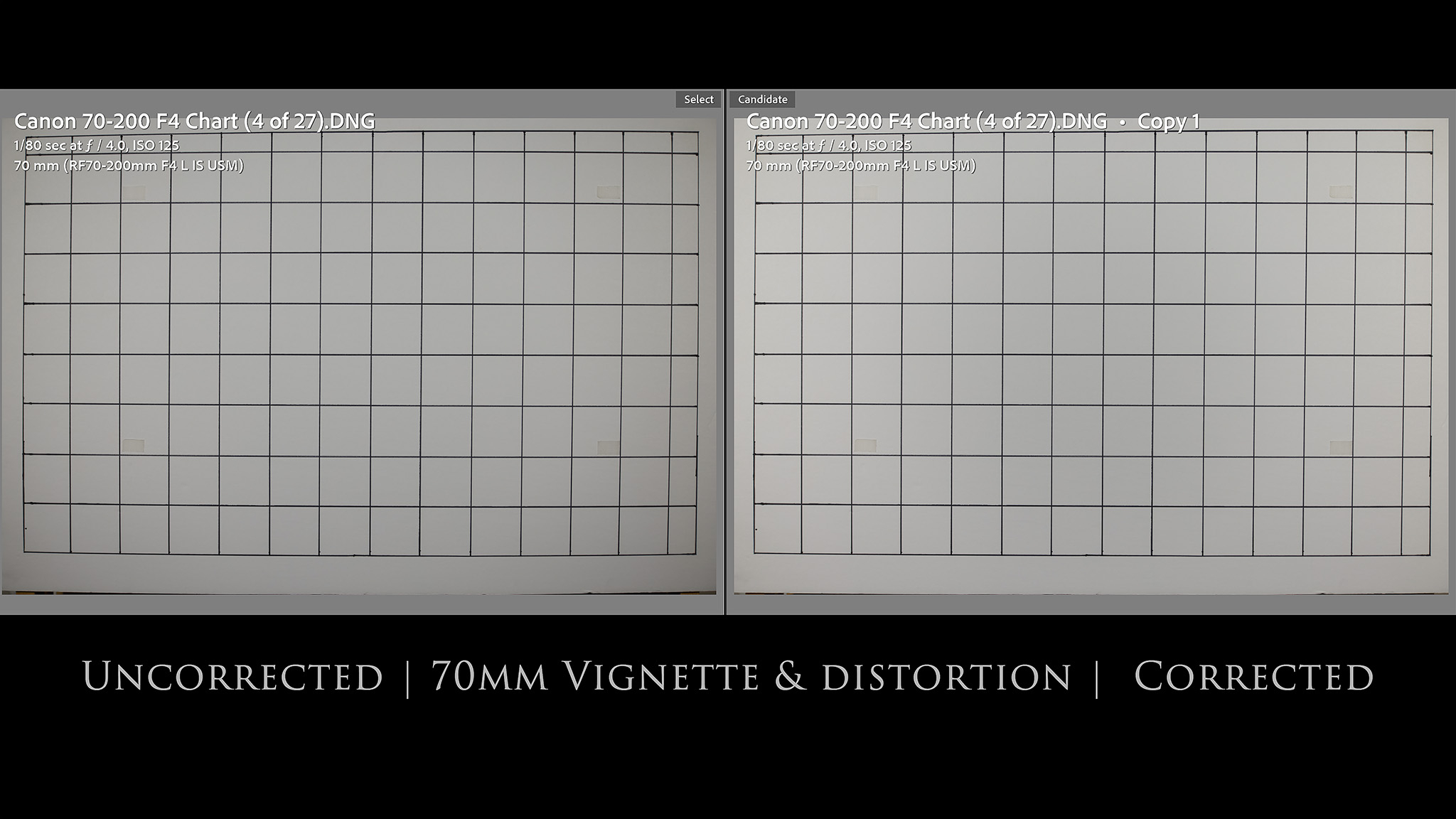



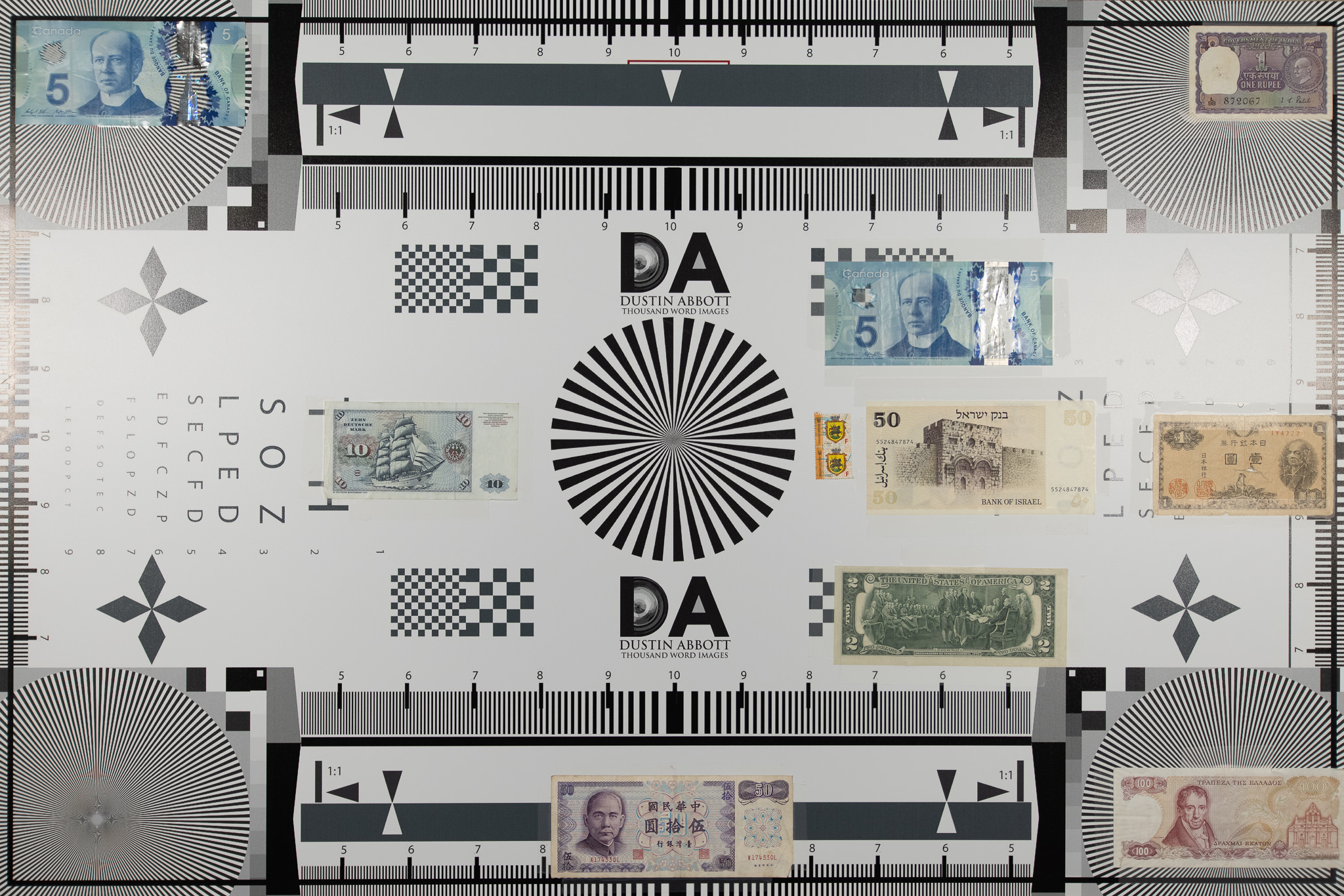



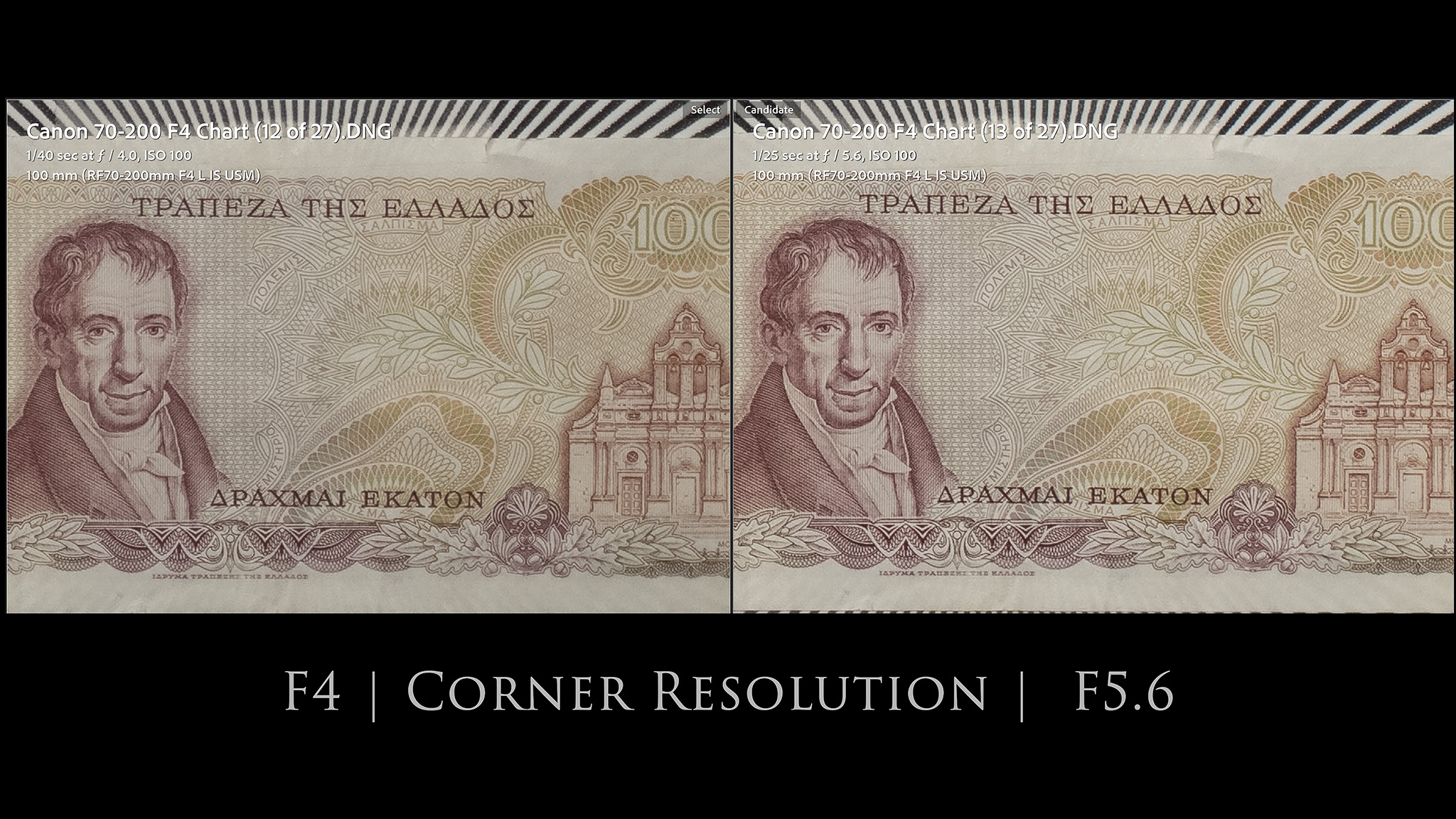


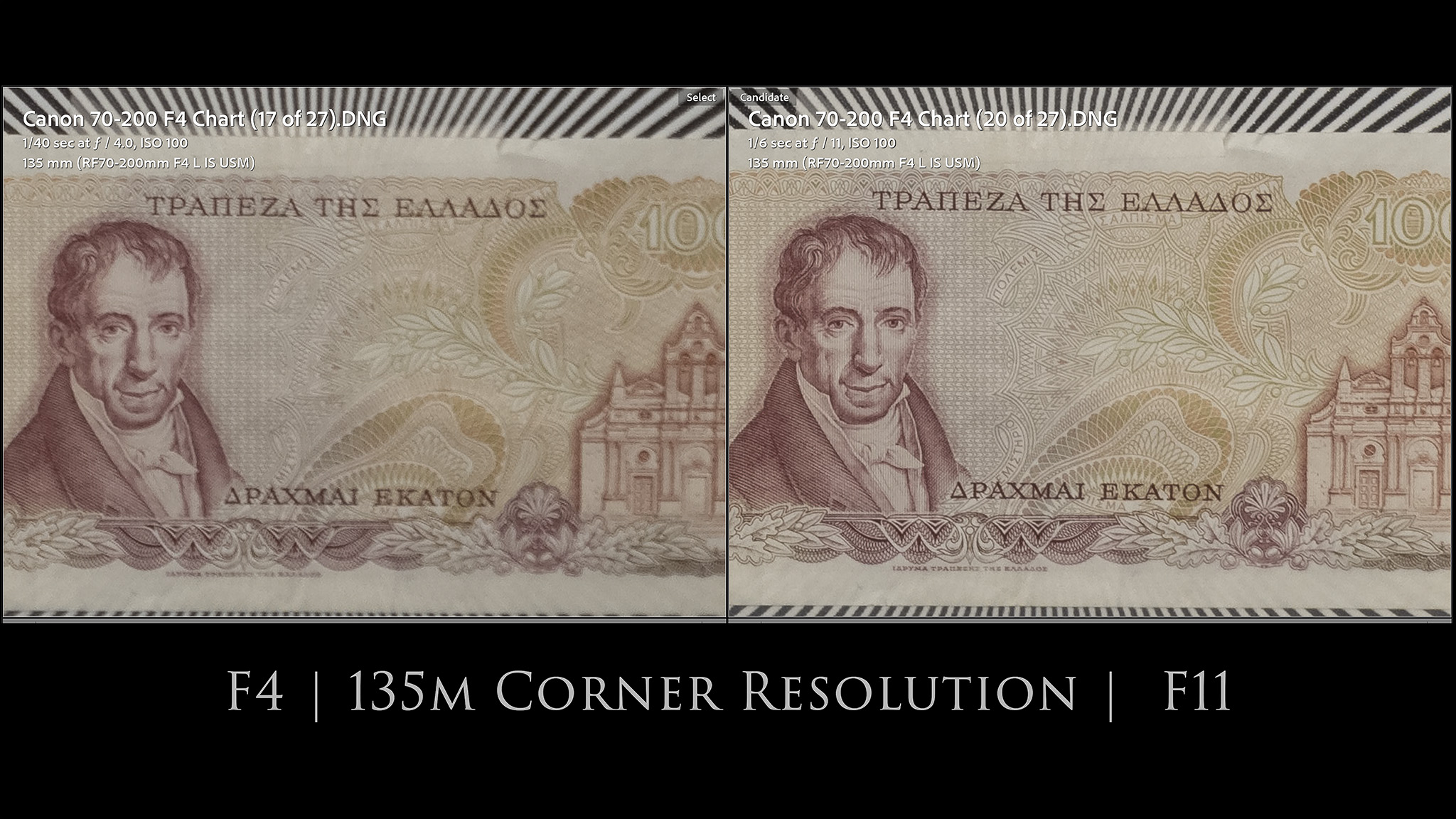















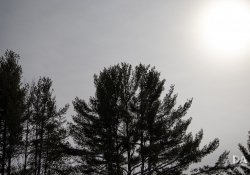
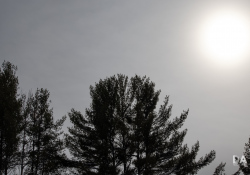



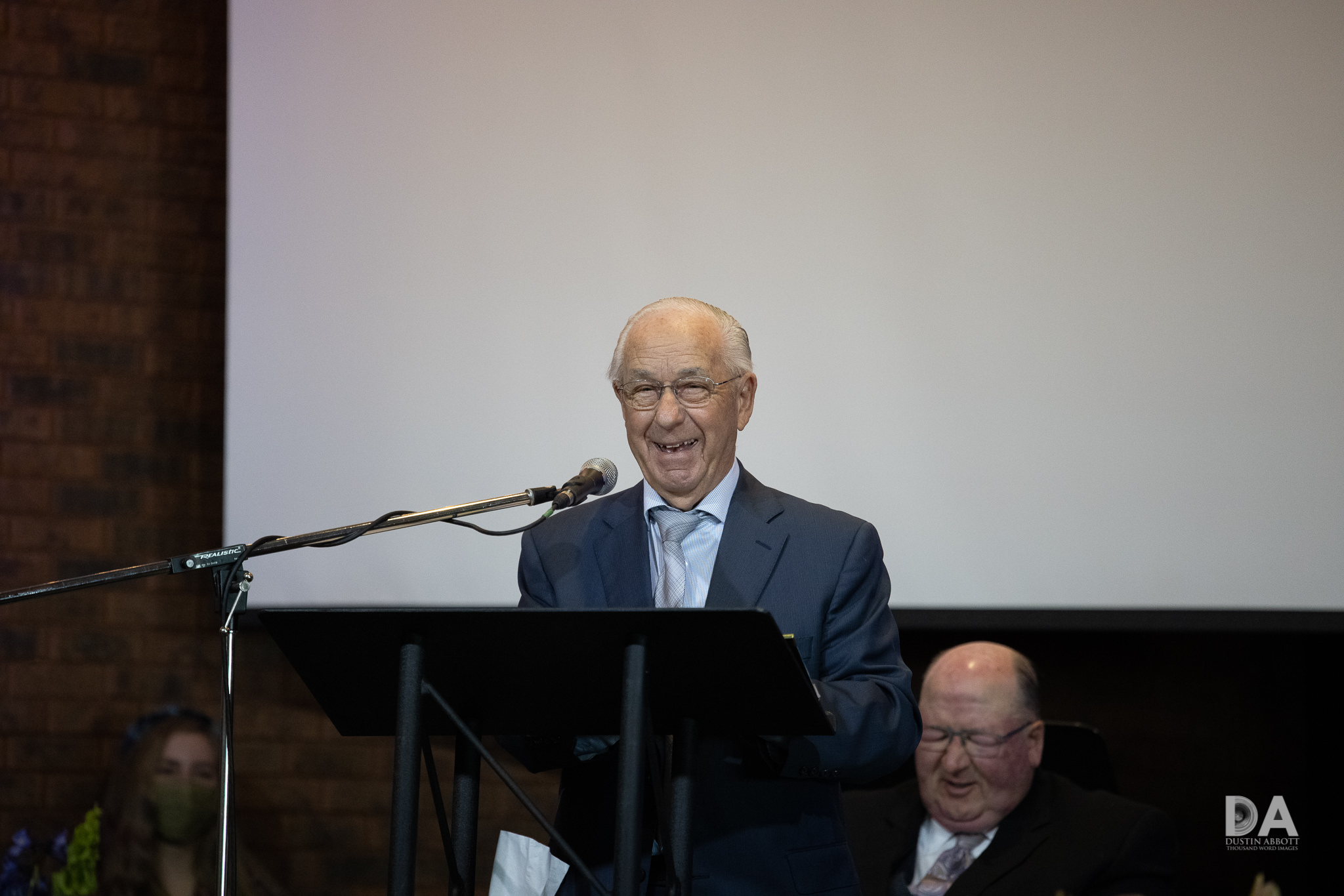









 Viltrox Pro AF 85mm F1.4 FE Gallery
Viltrox Pro AF 85mm F1.4 FE Gallery  Viltrox AF 85mm F1.4 PRO FE Review
Viltrox AF 85mm F1.4 PRO FE Review  Yongnuo YN 35mm F1.8 ART Gallery
Yongnuo YN 35mm F1.8 ART Gallery  Yongnuo YN 35mm F1.8 DA ART Review
Yongnuo YN 35mm F1.8 DA ART Review 


